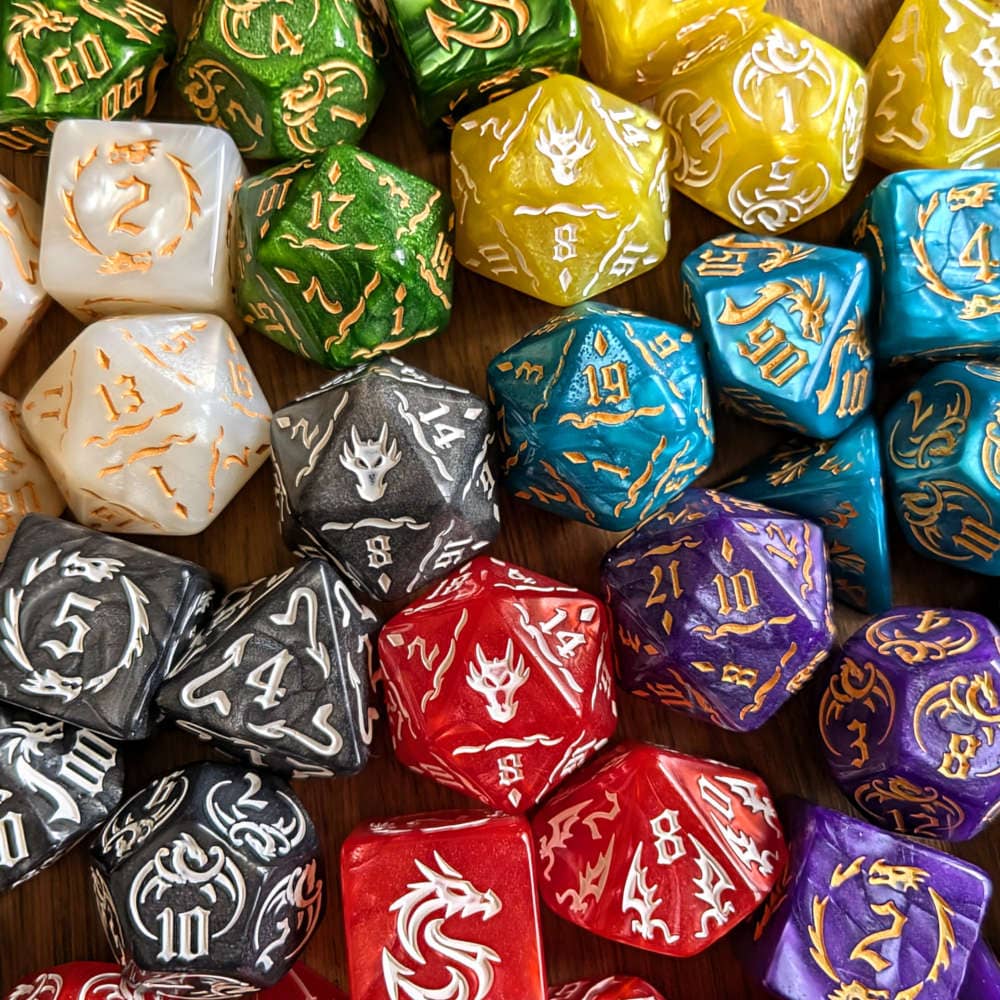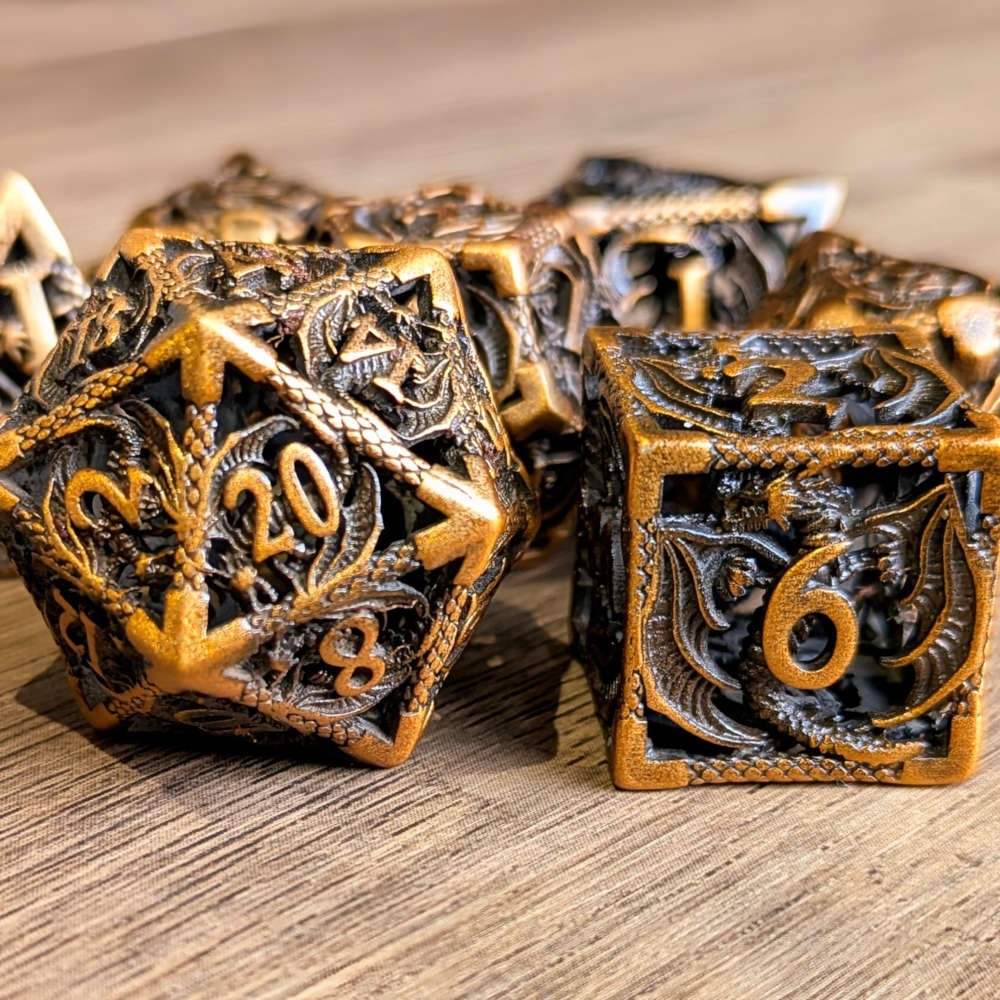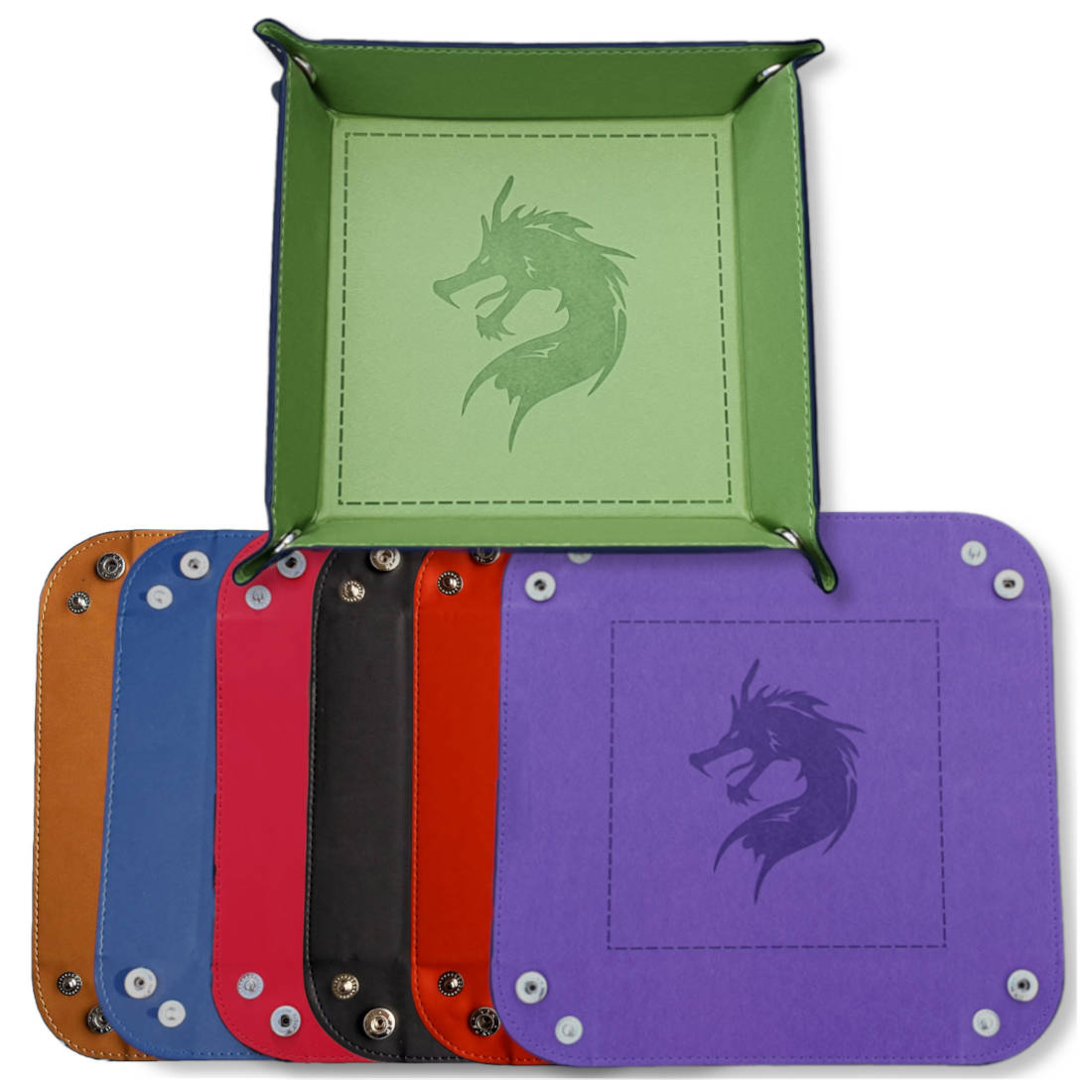How to get players more immersed in D&D

A common challenge for Dungeon Masters (DM) is keeping their players engaged in the game at hand. Witnessing players fully immersed, lost in the collaborative storytelling, is a rewarding experience for any DM.
This guide delves into strategies to enhance player immersion, addressing common challenges and offering insights to help Dungeon Masters elevate their D&D campaigns. Explore the means to draw players deeper into the magic of the tabletop adventure.
How do you immerse players in D&D?
Here's 10 tips to get your players engaged with your D&D game:
- Set expectations in session zero: align player expectations, discuss campaign themes, and establish ground rules during a session zero.
- Reduce distractions: choose a dedicated playtime, eliminate distractions, and create a focused environment for an immersive experience that caters to all players, including those managing anxiety when playing D&D.
- Utilise physical cues: enhance in-person games with appropriate lighting, props, and even cosplay. For virtual sessions, use visual maps and create a thematic landing page. Check out our guide that explores other considerations for in-person or online D&D games.
- Music for mood: choose background music carefully, considering different player preferences, and use it to set the tone without distracting. Be mindful that it can distract some players, including neurodivergent people playing D&D, but for others it may enhance the experience.
- Player narration: allow players to describe their actions and the outcomes when appropriate, empowering them to contribute creatively to the narrative. For example, when a character gets the finishing strike on a powerful monster, try asking them ‘So, how do you do this?’.
- Incorporate player backstories: integrate character backstories into the main plot where it makes sense to, letting characters’ pasts shape the unfolding story. This lets them make D&D characters that are unique and interesting to play.
- Accept rule fluidity: don't let rules bog down the game; make quick rulings during intense moments, ensuring a smooth flow, and clarify rules after the session. While rules are important as they provide the framework for Dungeons & Dragons gameplay, they are not the be-all and end-all, and you’ll need to find the right balance between relying on the rules and being flexible.
- Diversify challenges: provide varied challenges, not just combat; incorporate puzzles, games, and roleplay situations to keep players engaged throughout your D&D games.
- Pacing is key: maintain a balanced pace throughout the session, keeping players invested without overwhelming them. If you feel the session is going too quickly, you can always take a step back and call a break to allow everyone a moment to rest, get some snacks, and ready themselves for the next part of the session.
- Seek player feedback: after each session, ask players for their thoughts and ideas, involving them in shaping the ongoing narrative and fueling anticipation for future sessions.
How do I get my players to roleplay?
To encourage your players to roleplay, as a Dungeon Master, take the lead in initiating character interactions. Have an NPC ask a player character a question, create dramatic moments that prompt emotional responses, and ask players how their characters feel about the unfolding events.
In one of my games, a fellow player character found a magical jug that, when poured, produced the wielder’s favourite drink. As we each set up camp, and would eventually take turns using the jug, the Dungeon Master asked us what our character’s favourite drink was, and we took turns to answer. This created a personal moment for each of us, where we could get in the mind of our character and think in their shoes.
Providing opportunities for characters to share personal details or preferences can foster a more immersive and engaging roleplaying atmosphere. For more about roleplaying, check out our guide that offers tips to roleplay better in D&D.
How do I spice up my DND session?
You could try spicing up your D&D session by introducing a funky NPC! Consider a character with a humorous accent, a peculiar background story, or a touch of silliness. Maybe a bard who communicates exclusively through interpretative dance or a wizard with an obsession for collecting rare cheeses. Unpredictable and eccentric NPCs add a delightful twist, keeping players engaged and entertained in the fantastical world you've crafted.
If a quirky NPC doesn’t fit the bill, then there’s many online communities that will help you become a better Dungeon Master, such as r/DnDBehindTheScreen which offers tools, guides, and resources for DMs.
How do you keep players invested in a D&D campaign?
Frequent check-ins with players are essential for maintaining their investment in a D&D campaign. As a Dungeon Master, seeking feedback provides valuable insights into the players' experiences, preferences, and concerns. Regularly discussing the campaign allows for adjustments based on player engagement, ensuring that the storyline, challenges, and overall gameplay align with the group's expectations.
This open communication fosters a collaborative and immersive experience, making players feel heard and appreciated in the unfolding narrative. Make sure you check out our guide to understand how to effectively ask for feedback as a Dungeon Master.
Things that negatively impact player immersion
Every player is different, but there are several things that tend to negatively impact on the player experience:
- Railroading: when the DM rigidly directs the storyline, limiting player choices and steering them toward a pre-determined path, it can shatter the illusion of a dynamic, open-world experience. Players thrive on agency, and railroading removes the sense of freedom and decision-making, hindering immersion.
- Stripping players of agency: taking away a player's ability to influence the narrative or make meaningful choices can lead to disengagement. Players invest in their characters and expect to shape the story; removing agency undermines their connection to the game world, disrupting immersion.
- Shutting down their input: if DMs dismiss or ignore player contributions, whether ideas, character actions, or creative solutions, it sends a signal that their input isn't valued. This can make players feel disconnected and less inclined to invest emotionally in the unfolding story.
- Mid-game distractions: external interruptions during gameplay, be it unrelated side conversations, mobile phone use, or other distractions, divert players' attention from the fantasy world. This breaks the immersive atmosphere and diminishes the impact of in-game events.
Dice and accessories to aid your immersion
Now equipped with the knowledge to enhance your players' immersion, it's time to gear up for your next quest with our range of stunning D&D dice sets.
Another key to immersive play lies in the details, and our DND dice holder, featuring a menacing metallic dragon, serves as an excellent prop or display for your dice. Elevate your gaming experience with these accessories and immerse yourself in the captivating world of tabletop adventures.






1 comment
This was very helpful.